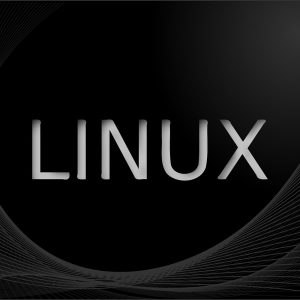
Whether you’re an independent developer trying to design a course and sell it or need to make material to introduce employees to using Linux, the first step in making a model is understanding what it should comprise.
Training models are of different types, and there’s a lot of flexibility in how you can approach teaching the material. However, it is important for any training model to solve a specific problem for the learners and present the material in the simplest manner possible.
To learn more about how to build training modules, check out this guide.
We detail what a Linux training model should look like in this post.
What a Linux Training Model Should Look Like
Module 1: An Overview of the Linux Operating System
The first module is the learner’s first look at Linux and will kickstart their journey to IT specialization.
This module should cover the history of the operating system, how its unique licensing model works, and help the learner differentiate between the different distributions of Linux available.
The idea of this module is that by the end of it, the learner should be able to pick a distribution, install it without hassle, and log in with the command-line interface.
You can break down this module into the following sections:
- Overview of Linux specialization
- History of the operating system
- The Linux licensing model
- The various Linux distributions and their differences
- How the Linux command line works
Module 2: Linux Services
Now that the learner understands what Linux is and has some surface-level knowledge, it’s time for the course to get into the fundamentals.
The second model of the course should discuss the services that Linux offers, including how Linux web servers and databases operate. It should also elaborate upon how the learner can start and stop services on their Linux machine.
You can break down this module into the following sections:
- Differences between Linux servers and desktops
- What are Linux web servers?
- What are Linux database servers?
- How to manage Linux services
Module 3: File Management in Linux
With the learners halfway through the course, they now have a better grasp of what Linux is capable of. A Linux training model should now get into how file management works in Linux.
This module should discuss how learners can create, view, copy, and move files. The learner should also understand how to delete files from the machine.
Learning to create links for directories and specific files and understanding how to compare text files are two other important parts of this module.
You can break this part of the training model down in the following manner:
- How to manage files and directories in Linux
- Making file and directory links
- How to read files
- How to search for and compare files
Module 4: Combining Commands and Building Automations
This is the course’s final module and the home stretch of mastering Linux fundamentals for the learner.
This part of the course should touch upon how the learner can combine commands in Linux, build automations that make them more efficient, and create new tools in the OS.
The components of this module are:
- Filtering text files in Linux
- Redirecting standard in, out, and errors
- What are pipes and filters in Linux
- How to edit text files in Linux
Conclusion: Ready to Make Your Training Model?
It’s important to note that all of the modules of a training model should not just comprise video tutorials but also include written material in the form of a PDF, Word document, or a presentation for the learner reference.
Having a quiz attached to test the learner’s progress is as important as the video tutorial and written material.





